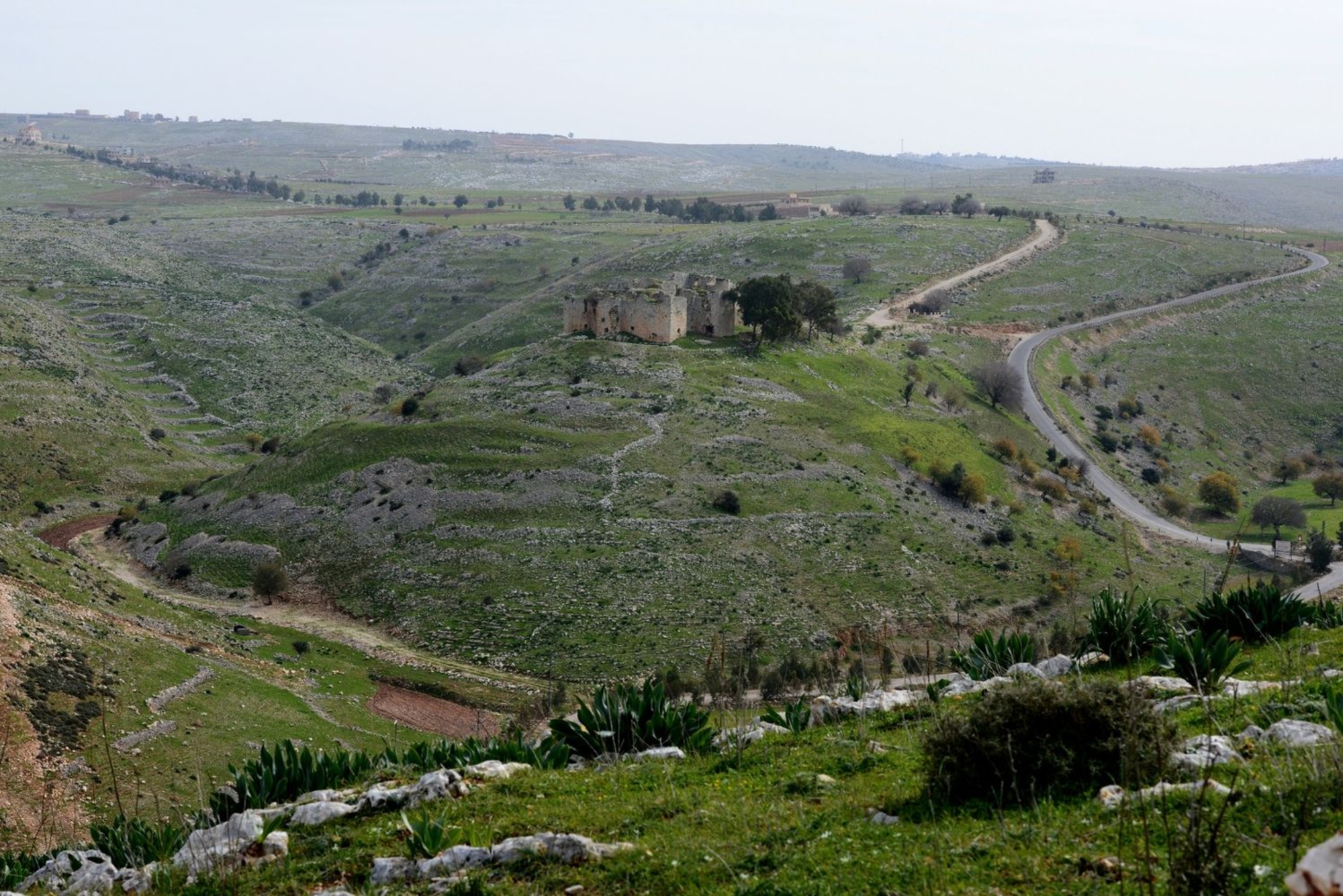
- Home
- Explore the site
- Context and environment
- The transfer of the Krak to the Hospitallers
Weakening of the Latin states in the Near East
Shortly before the middle of the 12th century, the threat to the security of the Latin states in the Near East began to grow. The financial burden of maintaining garrisons in several strategic fortresses on the fringes of their territories had become too great. Exposed to enemy incursions and mounted raids, a series of strongholds were transferred to the Hospitaller and Templar orders, who were better able to secure their defence. The eastern frontiers of the principality of Antioch and the county of Tripoli came under particularly heavy pressure from the Seljuk authority, which constantly sought to push the Frankish settlers back to the coast beyond Orontes.
The transfer of the Krak to the Hospitallers
In 1142, following the loss of the fortress of Montferrand and the town of Raphanea, the Count of Tripoli made several grants to the Hospitallers. They included land and fortresses in the eastern foothills of Jebel Ansarieh at the county’s most exposed points: the Krak, Castellum Bochee (Anaz), Felicium, and Lacum.
The grants transformed the order, which, although it continued primarily to provide hospitality for pilgrims, also began to assert itself as a military order. By taking possession of these sites, the order effectively controlled a large, semi-independent lordship occupying a key sector between the Muslim lands to the east and the Latin states to the west.





